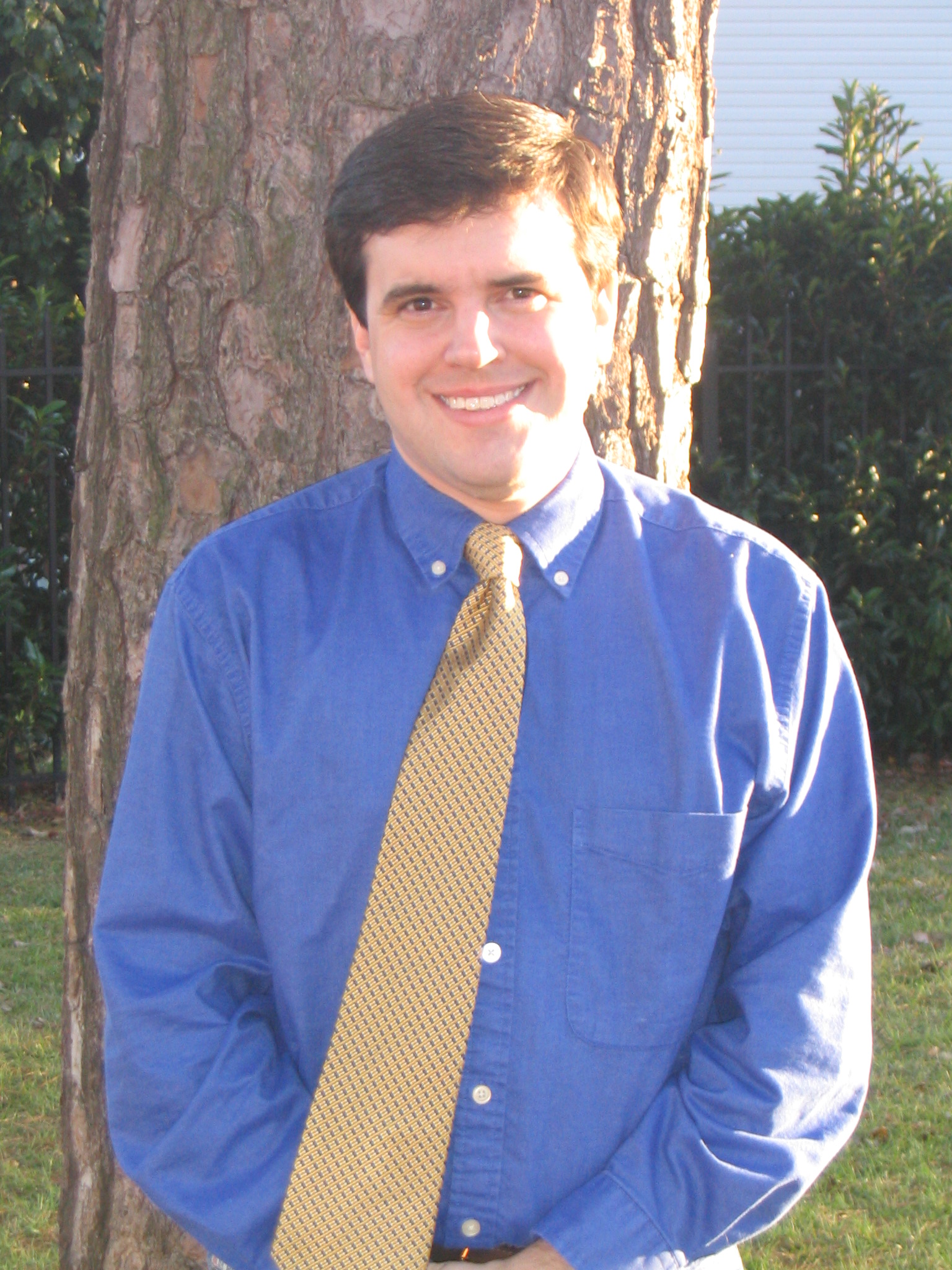Ken Bridges/Contributing Writer
As schools and universities across Texas begin their school years, teachers and administrators continue their work to educate students and improve lives. The University of Texas at El Paso has long been such an institution, serving as one of the pioneers for education in West Texas.
At the turn of the century, El Paso leaders were looking to escape the image of the lawless frontier town. By 1910, the city’s population had reached 39,000. Mining was a strong component of its economy. Copper mining in the area and especially copper, silver, gold, and lead ores mined across the border in Mexico were smelted within the city, creating a multi-million dollar economic boon for El Paso. Given the city’s unique needs and its location more than 500 miles from the state’s flagship university, the importance of a college devoted to mining was clear.
The state legislature passed the bill sponsored by Sen. Claude Hudspeth creating the State School of Mines and Metallurgy in 1913, which was signed into law by Gov. Oscar B. Colquitt. The college opened in September 1914 with just 27 students in a building just off the Fort Bliss compound. The students paid no tuition. They simply paid a one-time $30 registration fee ($721 in 2016 dollars) and would pay occasional lab fees ranging from $1.50 to $25 per course.
The college struggled in its early years. One enduring story was that the college established a football team in 1915, but only because of the donation of $800 (nearly $19,000 in 2016 dollars) from one professor, John Kidd, for whom a future stadium would be named. Enrollment rose to only 39 students by 1916. That fall, the campus was hit by a devastating fire that destroyed the main building.
El Paso residents rallied to save the college. Fundraisers were held and land was donated for the college to move and rebuild. By fall 1917, the college reopened with new buildings at its present location. After World War I, reorganizations by the state legislature led to a rapid series of changes on campus. In 1919, the college was merged with the University of Texas to become the University of Texas Department of Mines and Metallurgy. The next year, the name was changed to the Texas College of Mines and Metallurgy and became widely known as “the College of Mines.”
Football continued to be a popular part of campus culture. In 1935, the college hosted the first annual Sun Bowl championship game. However, since the college did not have its own field yet, the first three Sun Bowls were played at El Paso High School. The first Sun Bowl on the college’s campus was not played until 1938.
The name would change once again to Texas Western College by 1949. In 1961, the college trained the first group of Peace Corps volunteers, part of President John F. Kennedy’s program to bring new schools, hospitals, food, and clean water to poverty-stricken communities in the Third World. In 1967, the University of Texas System was reorganized again, with Texas Western College now becoming the University of Texas at El Paso. It expanded rapidly and steadily offered new programs, with its first doctoral program being offered in 1974 (in geology) and a new nursing program starting in 1976.
Today, UTEP has more than 25,000 students and offers more than 160 different undergraduate and graduate degrees. It is currently the only university in the nation with an active mine shaft on campus, still used for training miners. The pursuit of knowledge can take us in unusual directions.
Dr. Ken Bridges is a proud father, professor, native Texan, and author of seven books. His columns appear in 85 newspapers. He can be contacted by e-mail at drkenbridges@gmail.com.

